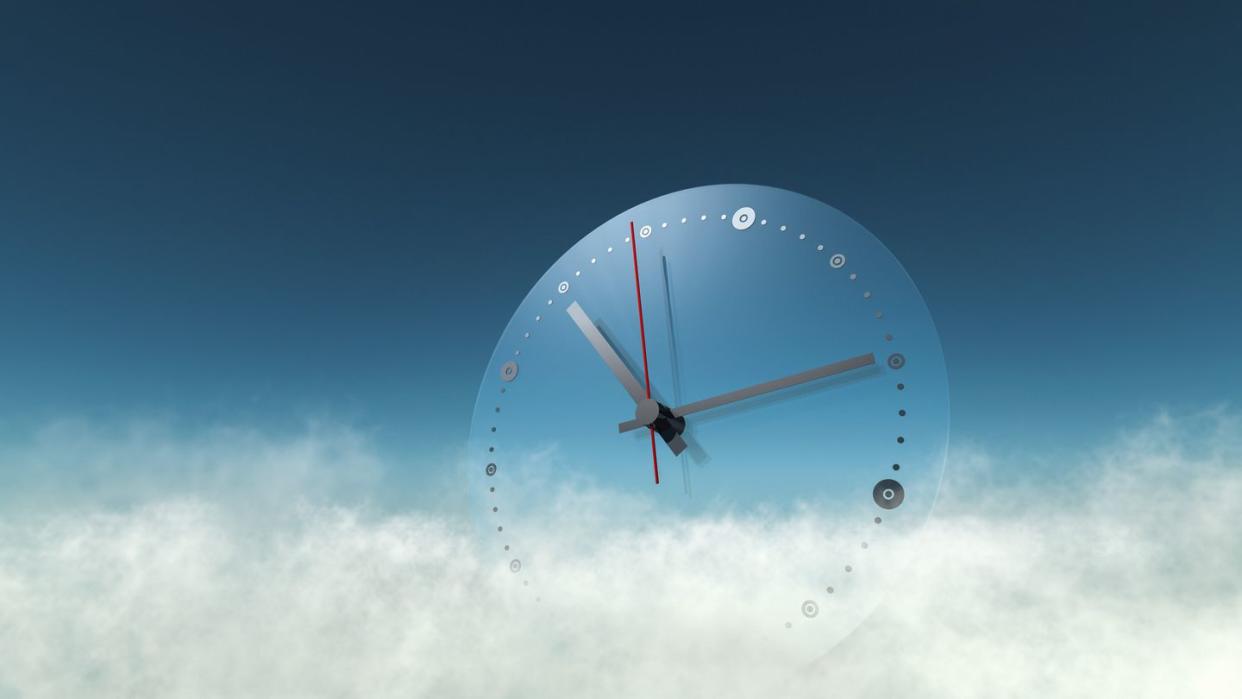A Wonder Clock Has Rocked the Scientific World

"Hearst Magazines and Yahoo may earn commission or revenue on some items through these links."
Scientists from the University of Colorado Boulder have created an atomic clock using lasers and strontium atoms that’s incredibly accurate—only losing one second every 40 billion years.
Roughly twice as accurate as the previous record holder, this clock could (theoretically) tick with accurate time for nearly three times the age of the universe.
Hyper-accurate atomic clocks can help scientists make groundbreaking discoveries (especially when it comes to the search for dark matter), and are vital tools for testing existing theories.
During the Bronze Age around 1500 BCE, the ancient Egyptians relied on sundials and water clocks to tell the time. Well, times have changed—both literally and figuratively.
In a little more than 3,500 years, humans evolved from refilling a water clock every day (likely with the aid of a sundial) to creating a machine that leverages the predictable nature of the atomic world to create a timepiece that only misses one second over the course of 40 billion years—roughly three times longer than the entire history of the universe.
It’s the creation of Alexander Aeppli, a graduate student researcher at the University of Colorado Boulder. For years, Aeppli has been tweaking to perfection an atomic clock that relies on strontium atoms being super-cooled by lasers to just a small fraction above absolute zero (−459.67 degrees Fahrenheit). The clock then keeps time as the electrons in these atoms phase between quantum states, something that sounds easier to achieve than it really is.
And that’s saying something, considering it doesn’t sound all that easy in the first place.
“We want to make sure that we're not shifting this frequency in any way,” Aeppli said in a press statement last summer, describing his ongoing work on the strontium atomic clock. “If specific conditions of our laboratory environment cause shifts of this frequency, that's bad…that means we're not realizing the truest form of this atomic transition. So, what we’ve been doing over the past few years is going through and figuring out every little thing that can shift this transition, writing it down, and controlling it.”
Once Aeppli and his team successfully shielded these atoms from outside influence, they were able to create a timepiece accurate to “eight parts in a tenth of a billionth of a billionth,” according to New Scientist. That comes out to roughly one second every 40 billion years—more than twice as accurate as the previous record holder, created by University of Colorado Boulder physicist Jun Ye. Aeppli actually completed his work in Ye’s laboratory, which is part of the Joint Institute for Laboratory Astrophysics (JILA) and National Institute of Standards and Technology (NIST).
So, how does a clock with such hyper-accurate timekeeping that it even outpaces the history of humanity help scientists in the here and now? Atomic clocks have been instrumental in the global effort for the search of dark matter. The laws of physics state that these clocks should “tick” predictably and at a constant rate, but tiny variations caused by physics outside our current understanding of the Standard Model could be picked up by these hyper-accurate timepieces. Atomic clocks have also been used to accurately measure certain theories on incredibly small scales, including the concept of time dilation found in Einstein’s General Theory of Relativity.
However, accurate timekeeping isn’t just useful for physics or astronomy. As Aeppli tells New Scientist, “whenever you make better measurements of time, that opens up so many new things you can study in physics.”
In other words, it’s a lot better than a water clock.
You Might Also Like

